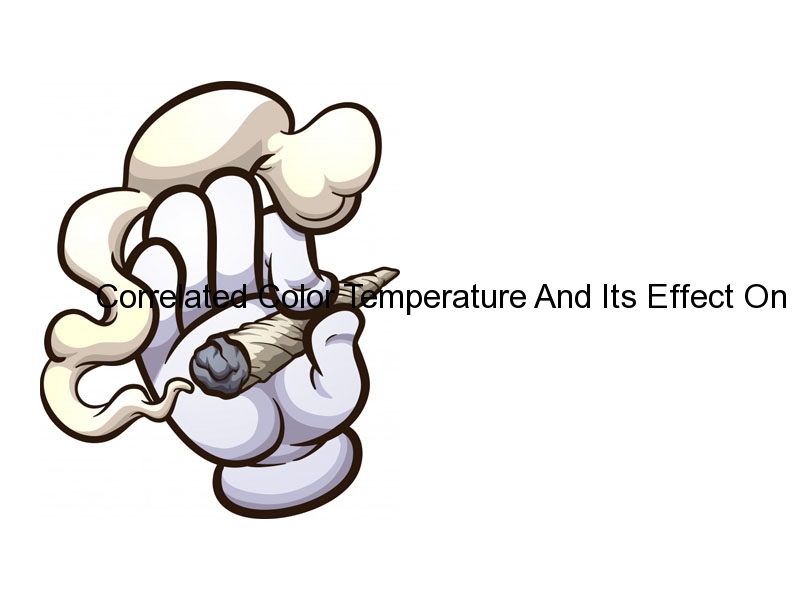Correlated Color Temperature And Its Effect On Cannabis
To start off we all know that cannabis like other plants use light as a source of food. Similarly to how different food groups affect the human body differently different types of light has a similar reaction in plants.
First thing to note about this is that color is correlated to temperature. This is because as you heat light it will change color. To see a condensed version of what I’m about to say you can check the kelvin color temperature scale.
Now that’s something you may have noticed in other things such as fire, for example like how the blue part of the flame is actually the hotter part. How does this affect my plants you may ask?
Well when your light is between 5000-8000 kelvin you will get a deep blue color. This is pretty much equivalent to direct sunlight and will have a huge impact on the leaf and stem growth. One would think that this should be your target area but that is not necessarily true.
4000-5000 kelvin has the same effect but it is not as dominant which can help slow down your plants if they are growing too fast comparatively.
When you drop down to 4000 kelvin you reach the point where you will be just growing at a normal rate. What i mean by that is that in the wild this would be about the rate that the plant would grow.
Between 3700 and 4000 kelvin you will get a warm neutral color which promotes rapid growth. In some cases you will find that your plant’s stem structure is strong and you may feel safe to increase the rate of its growth.
Between 3000 and 3700 kelvin the light will promote photosynthesis in all stages of development and can be very helpful in combination with other light temperatures in my opinion.
This range will produce a warm neutral One could say you increase the plants metabolism in a sense and it will be able to break down the light much more efficiently.
The last range that i need to talk about is 1500-3000 which is a hot orange or red color. This type of light promotes flowering so it’s best to use it during the flowering stage of your plant obviously. Used in conjunction with the 12 hour light cycles you can promote strong flower growth.
With this knowledge one could alternate colors to fit what they need opposed to relying on one type of light. In perspective of a person you wouldn’t fix a calcium deficiency by eating protein and the same logic can be applied to our vegetative friends. Different lights can help you gain as much as you can from your crop.

